In yet another likely reason that external graphics card support for Mac will not exit beta until 2018, there are not any external monitors currently on the market, compatible with macOS High Sierra's eGPU feature, that match the pixel density of Apple's own Retina displays.
Sure, there are plenty of 4K and 5K monitors on the market. But Apple's Retina display branding is not actually about resolution — it's about how many pixels are packed into a square inch.
On the iMac, Apple has defined a Retina display as about 219 pixels per inch on the 21.5-inch 4K model, and about 218 pixels per inch with the 27-inch 5K variant.
Those same resolutions are matched by LG's UltraFine displays, available in a 4K model over USB-C, and a 5K version driven by Thunderbolt 3.
But there's a catch: Neither USB-C nor Thunderbolt 3 will currently work with Apple's eGPU feature in macOS High Sierra, which requires an external monitor. To take advantage of that, you'll need to find a monitor that allows input from mini DisplayPort, or HDMI.
That's because, with limited availability of USB-C and Thunderbolt 3 monitors, no dedicated graphics card (yet) features either port for display output. And there are no HDMI to USB-C or Thunderbolt 3 adapters (only the other way around, with hubs and cables that convert USB-C to HDMI).
Not that you'd want to run it over HDMI anyhow — that's limited to 30 frames per second.
MSI has announced a GeForce GTX 1080 Ti graphics card boasting a USB-C port. That would be compatible with LG's 21.5-inch UltraFine 4K display, but not the Thunderbolt 3 5K model. Also, it's not yet shipping.
And if you survey the landscape of mini DisplayPort and HDMI external monitors, you'll find that there aren't any consumer-focused 4K models that match the pixel density of Apple's Retina displays, nor the LG UltraFine series. Many 4K-resolution monitors are in the 23- and 24-inch range, which reduces the pixel density to under 200, falling short of Apple's Retina display standard.
If you jump up to 5K monitors, there is one non-iMac, non-LG option that is Retina-caliber: Dell's UP2715K 27-inch Ultra HD 5K monitor.
But, yet again, there is a catch: It has been discontinued. You can find it from a few resellers on Amazon, but Dell's own site no longer sells the 27-inch 5K monitor.
Developer Marc Edwards provided a roundup of Retina-caliber monitors last December and came to the same conclusion, finding only Apple's iMacs, LG's UltraFine displays, and the discontinued Dell 5K monitor as "good for Retina." Edwards went a step further and identified monitors considered in "the bad zone," offering pixel counts not at the level of a Retina display, but too far from the 110 pixel-per-inch density ideal for non-Retina displays in macOS.
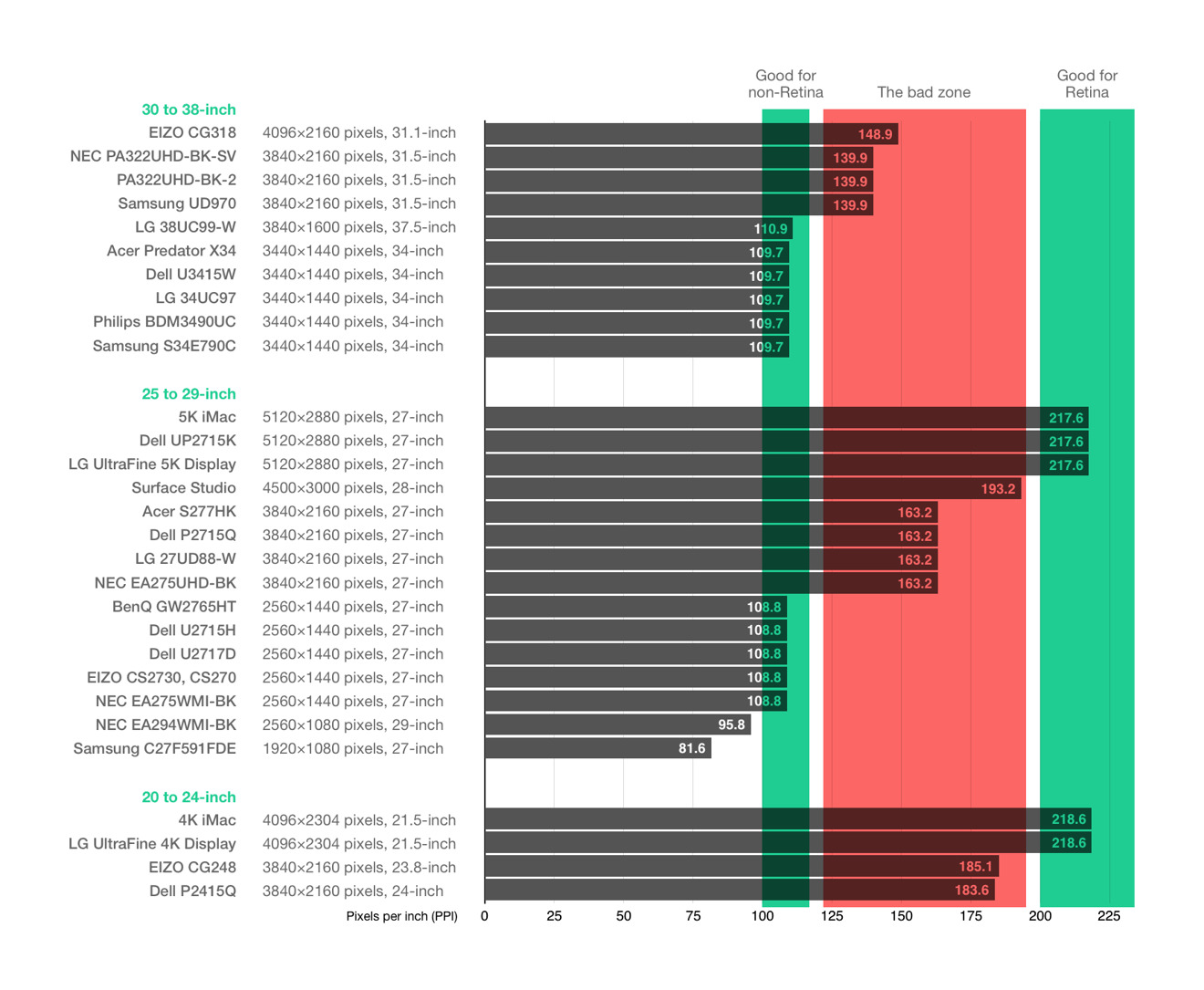 Via developer Marc Edwards.
Via developer Marc Edwards."Apple's interface design in macOS is set up so it is comfortable for most people at a density of about 110 pixels per inch for non-Retina, and about 220 pixels per inch for Retina — text is readable and button targets are easy to hit at a normal viewing distance," Edwards wrote. "Using a display that isn't close to 110PPI or 220PPI means text and interface elements will either be too big, or too small."
It's likely that the lack of options will be addressed over the coming months. In fact, Apple itself announced in April it will be building its own external professional display in 2018, and you can be sure that the Cinema Display successor will feature a Retina display.
And given that LG's own UltraFine 5K monitor stumbled out of the gate with wireless interference, and it doesn't work properly with eGPU support in macOS High Sierra, there is a clear need on the market for alternatives.
In the interim, you won't find an alternative from Apple's own new iMacs, as the company has abandoned the niche Target Display Mode feature that allowed the all-in-one machines to serve as external displays for MacBooks.
All of this helps explain why eGPU support in macOS High Sierra won't officially launch to the public until spring 2018. Until then, users will have to test external graphics cards with limited hardware, and low-resolution displays.
 Neil Hughes
Neil Hughes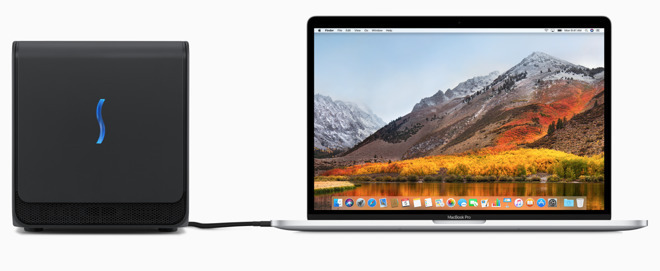
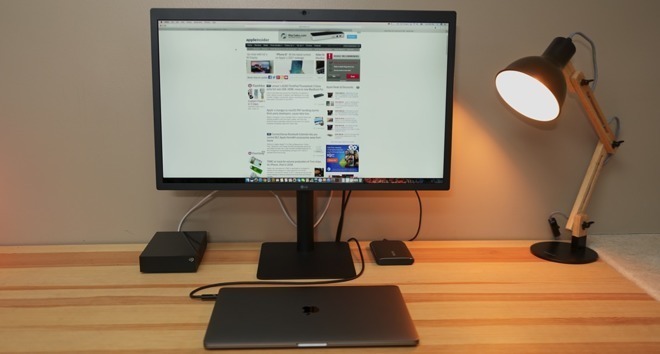




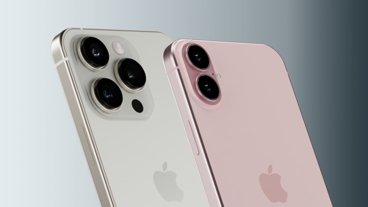



-m.jpg)






 William Gallagher
William Gallagher
 Andrew O'Hara
Andrew O'Hara
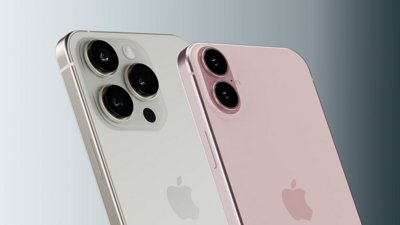
 Malcolm Owen
Malcolm Owen

 Christine McKee
Christine McKee
 Chip Loder
Chip Loder
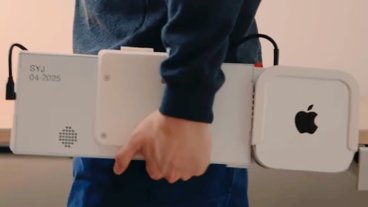







24 Comments
There are 40" 4k displays that run @ ~110dpi, have multiple inputs for several (including legacy) macs and are almost equivalent to 3 x 27" TB displays in portrait mode. Is such a logical next step from the 30" Cinema Display from the Jobs era? Can such can also act like an actual 'Apple TV'? If or when 8k becomes available, could such a size then be retina worthy @ 220 dpi...? iMac Pro II ?
There's the HP Z27q which is a 5K 27" display available now: https://www.amazon.com/HP-J3G14A8-ABA-LED-Backlit-Monitor/dp/B00VO85RY6
One of the problems is that Displayport 1.4 is still not available on Macs. This would allow running 5K displays over a single cable. Intel was believed to be to blame for this delay. Once Displayport 1.4 is available then PCIe video cards could use it like they currently do Displayport 1.2a. The new Dell 8K display uses Displayport 1.4, like the Dell 5K display you need to use both ports on the 8K display to a single computer to support driving the massive 8K resolution.
Due to the massive delay in shipping Displayport 1.4 chipsets from Intel Thunderbolt3 does not support Displayport 1.4 and hence even Thunderbolt3 cannot drive an 8K display.
Since Displayport can run over Thunderbolt connections it has a cascading impact.
Also contrary to what the article says, you can do 4K displays at 60fps over HDMI but you need HDMI 2.0 which can be done with some PCIe video cards and with Displayport to HDMI 2.0 adapters. HDMI 2.0 is however not able to do 5K displays, for that you will need HDMI 2.1 which it not yet available. Sadly it is still the case the Apple's support for PCIe video cards is appallingly bad, OS X apparently does not support HDMI 2.0 on the Nvidia GTX 980 card even though it does have a HDMI 2.0 port. It used to be that Apple could argue that a) the Mac Pro was discontinued and b) they never sold these cards themselves, however Apple have admitted they made a mistake with the Mac Pro 2013 and committed to a new 'modular' Mac Pro for 2018 onwards and this therefore is expected to use PCIe video cards. So Apple now have a need to properly support PCIe video cards again, although arguably their drivers have always been inferior even for cards they sold themselves.
Note: Where the term Displayport is used this equally applies to Mini Displayport.
Your headline is mistaken.
Dell has had the UP3218K 8K monitor for sale for some time (Amazon, BHPhoto, etc.) that is 280 ppi. It uses DP connectors which should be available from the vast majority of graphics cards you would put into the eGPU.